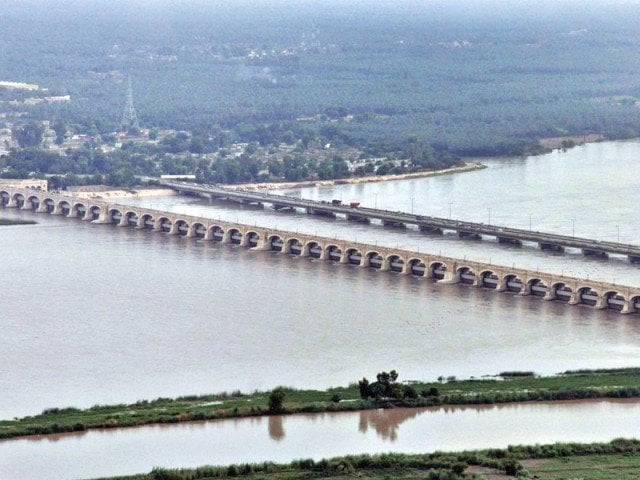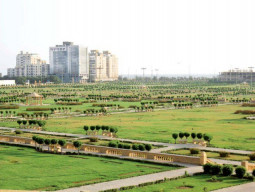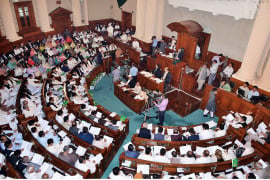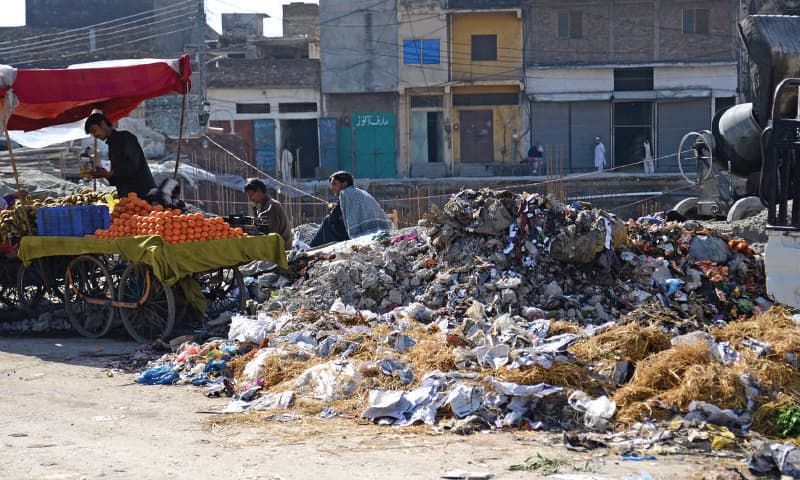
Official documents show the WASH programme will be rolled out in Rahim Yar Khan, Bahawalnagar, Bahawalpur, Multan, Khanewal, Vehari, Lodhran, Muzaffargarh, Dera Ghazi Khan, Layyah, and Rajanpur. The project is estimated to benefit some 10 million people in 4,630 villages of Multan, Bahawalpur and Dera Ghazi Khan divisions.
The project aims to reduce stunting by improving nutrition status through ensuring access to adequate and equitable sanitation and hygiene for all women, men, and children and substantially reduce open defecation in rural areas of targeted districts of South Punjab by 2021-22.
The main objective and stipulated output of the programme include: promote knowledge, behaviour change, demand for services and opportunities for participation in rural communities, including children, women, and men to create open defecation free (ODF) environment and increase public awareness about water-borne and water-related diseases, nutrition and hygiene.
Under the programme, 4,630 villages will be certified ODF, 350,000 toilets will be constructed by community on self-help basis, eight million people will be reached through awareness sessions of village organisations (VOs), and 3,500 ODF villages (75% of total villages) provided cash reward of Rs200,000, the incentive will be used by VOs for improving WASH infrastructure or supporting poorest of the poor, where needed.
According to the documents, the programme will help create a healthy and safe environment through the provision of safely managed total sanitation facilities (sewerage, drainage, wastewater treatment, solid waste bins). Under this programme 25 ODF villages will be provided sewerage, drainage facility, PCC pavement in streets, wastewater treatment facility, solid waste bins; at least 75,000 people in 25 model villages will gain access to safely managed total sanitation facilities.
Missing set of latrine (boys and girl's latrine with hand washing station) for at least one school for every ODF village will be provided. This will be done in coordination with the school education department. The project will only provide this facility for villages not covered under their project on missing school facilities.
Drinking water facility will be provided to each of the model villages through ongoing initiatives of the Punjab Saaf Pani Company. Animal segregation areas and waste management will be promoted through advocacy and free vaccination promoted to those in compliance through coordination with the livestock department's ongoing initiative.
The capital cost of the project is estimated at Rs3.08 billion of which 67% will be funded by the provincial government while the rest will be financed by the World Bank.
The documents indicated that the government has allocated Rs1.13 billion for the current fiscal FY2018-19, Rs1.21 will be earmarked for FY2019-20, Rs684 million for FY2020-21 and Rs58 million for FY2021-22. Upon execution, schemes will be handed over to communities so they become responsible for operation and maintenance but need-based allocation for major repair (resulting in non-functionality) may be considered by the government. A proper mechanism will be developed by VOs for revenue collection and its spending. Further, there is no O&M required for ODF.
Initially, this project was reflected in the Annual Development Programme 2017-18 under Water Supply and Sanitation sector with an estimated cost of Rs1 billion. The scheme was presented in 43rd PDWP held on 5.1.2018 costing Rs6.18 billion (World Bank share: Rs1.02 billion and Punjab government share: Rs5.16 billion) to certify 3,500 villages as ODF, including 100 model villages in 11 Districts of South Punjab.
However, after a detail deliberation, the scheme was approved in principle with the condition that all uncovered villages in selected districts will be covered for ODF while model villages will be taken to the extent of donor funding. The project proposal after amendments will be submitted for the cost clearance and onward submission to the federal government.
The documents highlighted that the decision was communicated to the World Bank which expressed some concerns and requested that its funds can primarily go into model villages but some items such as information, education, and communication (IEC) material and capacity building should also have our co-financing. This is a Department for International Development (DFID) requirement where they want to ensure that their funds are spent on a larger population and funding model villages only will reduce their footprint of attribution. "So not to lose government funds, we suggest that an equal amount of government funds may also be assigned to model villages. This will be a healthy collaboration. The same was communicated to the Planning and Development Department, along with amended cost."
The revision was made accordingly and the project proposal was submitted to the P&D at a cost of Rs3.06 billion targeting all 4,630 remaining villages for ODF, including 25 model villages. However, within July, the P&D has returned the proposal for re-examination in the light sectoral priorities and budgetary provisions in ADP 2018-19.
The project proposal has been amended and the cost has been changed from Rs3.06 billion Rs3.08 billion for the period July 2018 to June 2022.


















1710998259-0/pti-(1)1710998259-0-270x192.webp)
















COMMENTS
Comments are moderated and generally will be posted if they are on-topic and not abusive.
For more information, please see our Comments FAQ